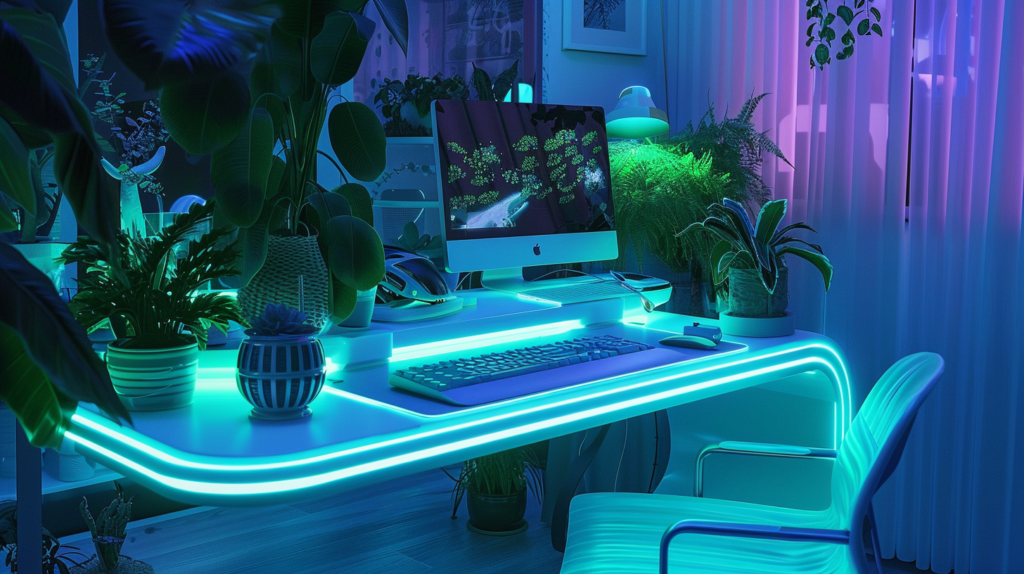
All hail the new era of “Sustainable Design in UI: Crafting Eco-Friendly Interfaces”. It’s a mouthful, but don’t worry, we’ll break it down for you. There’s no need to brace yourself for a sermon on saving polar bears or recycling plastic bottles – although those are undeniably important. Today we’re delving into the digital world to dissect the concept of “Eco-Friendly UI Design”. Bet you didn’t expect that twist, did you?
In this digital age, where every business is turning into an app or a website, we’re producing a staggering amount of digital waste. Yes, it’s a thing. No, we can’t put it in a recycling bin. It’s about energy consumption, server storage, and data usage. So how do we corral this digital beast? Enter our knight in shining armor: Eco-Friendly UI Design.
Now, you might be thinking, “What on earth is Eco-Friendly UI Design?” Well, I’ll tell you. It’s about designing user interfaces that are not just user-friendly but also planet-friendly. It’s about reducing digital waste and energy usage. It’s about making our digital world a wee bit greener.
How do we achieve this lofty goal, you ask? It’s not rocket science, really. It all comes down to efficiency. It’s about designing interfaces that require fewer server requests, use less data, and consume less energy. It’s about simplifying processes and reducing load times. It’s about saying no to unnecessary animations and yes to sustainable design principles.
Think of it this way: Every second shaved off a webpage’s load time is a victory for the planet. Every unneeded animation eliminated is like planting a digital tree. And every efficient process designed is like a digital high-five to Mother Earth.
But let’s not ignore the elephant in the room – the business benefits. Implementing Eco-Friendly UI Design doesn’t just save the planet; it saves businesses money too. Reduced data usage means lower hosting costs. Efficient processes mean happier, more productive employees. And faster load times? Well, they translate to happier customers and increased conversions. It’s a win-win situation.
Let’s take a moment to address the naysayers. Yes, the impact of Eco-Friendly UI Design might not be as tangible as, say, reducing plastic waste. You won’t see a physical pile of digital waste reducing. But that doesn’t mean it’s not significant. In this digital age, every byte counts.
Eco-Friendly UI Design is still a relatively new concept, and it’s evolving. But it’s clear that it’s more than just a passing trend. The digital world is growing exponentially, and with it, the need for sustainable design principles. We can’t ignore the impact of our digital footprint any more than we can ignore our physical one.
In conclusion, Eco-Friendly UI Design might not be the superhero we asked for, but it’s definitely the one we need. It’s not just about designing pretty interfaces; it’s about designing responsible ones. It’s about juggling functionality, aesthetics, and sustainability. Because, let’s face it, even in the digital world, we can’t escape the need for sustainability.
So, the next time you’re crafting an interface, remember: every byte counts. Every efficient process helps. And every second you save is a victory for our planet. Because, in the end, Eco-Friendly UI Design is not just about creating user-friendly interfaces; it’s about creating a user-friendly planet.
So there you have it, folks. That’s Sustainable Design in UI: Crafting Eco-Friendly Interfaces in a nutshell. Now go forth and design responsibly. The planet’s counting on you.


